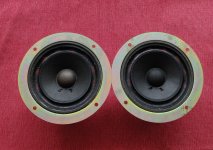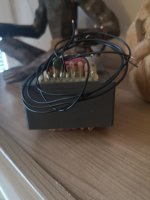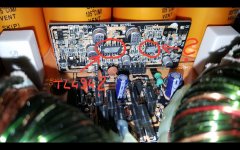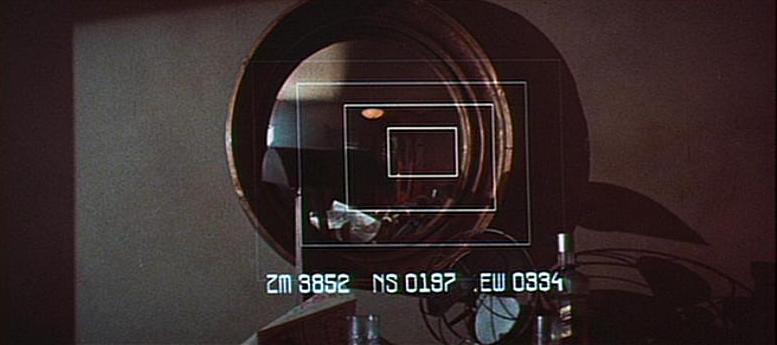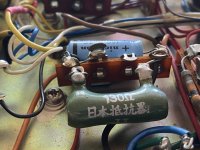Hello,
I own an honda civic VIII from 2007 (EU model), and i have the project to increase the sound system for years. I know basically nothing about car radio, and i don't care of what's on the radio, i want a good quality audio system for good music
🙂
I bought some good speakers and amp (xrk971's TPA3255) some times ago, but never took the time to finish the project. Basically i have the speakers / psu / amp, and i was thinking of a dac - player.
Thing is, i am also working on a project i called "Mini-Soekris". It's a portable music player that i feed with a 5v psu, with this stuff :
Soeris dam1141, nanopi neo3, silent switcher psu, amb α24 as buffer / SE to Bal converter, and a opa1656 headphone amp. All that in a tiny Takashi MXB4-7-11 (yes it will fit, but there won't me much space left believe me

)
The music and linux system will be on sd card, i will use a very simple linux with basically only mpd. I will configure a dummy alsa mixer to communicate with the soekris, so i should use the dam hardware mixer. There is a very practical api for soekris somewhere in the internet.
The goal is to connect to the NEO3 in wifi and pilot all that with a mpd client, and eventually some termux command to change a few parameters of the dac if i need, like the filters.
As i am building this mini-soekris, it looks like the perfect player for my car system. It will have a balanced and buffered output (with mini-xlr), so i will directly connect it to the TPA3255 amp. Also there is a small storage just under the car radio where it would fit nicely, and i have direct access to the amp.
The only missing thing is that it is a little dangerous to use my cell phone to command all that when i am driving. It would be practical if i could use the steering wheel of my honda for basic command (pause, vol +- and track +-).
Thing is, with my honda, there is a lcd screen on the dashboard, for climate control and date etc. The car radio command all this, so if you remove the original car radio you loose the climate control and time. You need to use a small box, in my case the Connects2 CTSHO002, to interface to some aftermarket car radio. I saw on the the CTSHO002 schematic that there is two output cable, speed pulse and amp remote.
This amp remote is surely the steering wheel. Thing is, i don't know anything about how it is working. I really hoped somewhere here would have some information, if there is some standard involve. If it's digital, and it's surely is, i guess my only chance is some kind of micro-controller to interface it with the gpio of my NEO3.
The other solution would be to add these basic command directly to the mini-soekris front panel. I am not sure at all if there is the space for it, even if i use some very low profile encoder or buttons.
Regards


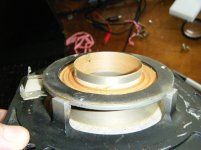
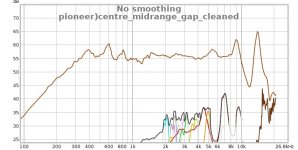











 )
)